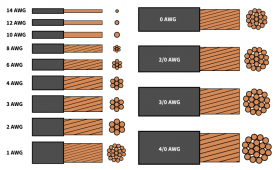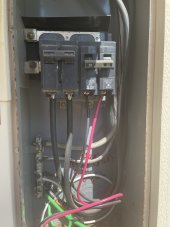Hello, all ...
My home has 100 amp service from PG&E and I have a small 3kw PV array that came with the home that I would like to expand to 6-7kw. In a previous home, I just had the main panel upgraded and all was well, but with this home, the electrical service from the utility is underground. From what I've read, this could make a main panel upgrade far more expensive due to the digging involved.
Yet, 3kw is nowhere near enough to cover my needs. What options are there to expand the PV given the limitations of my 100 amp service? The inverter I'm planning to use is the Sol-Ark 5k, and I'm leaning toward the Fortress Power eFlex batteries. I also want the capability to run off-grid for extended periods if required (due to a bad experience in my last home that required us to be disconnected from PG&E for 3 months, where we lived off just solar and battery).
Regards,
John
My home has 100 amp service from PG&E and I have a small 3kw PV array that came with the home that I would like to expand to 6-7kw. In a previous home, I just had the main panel upgraded and all was well, but with this home, the electrical service from the utility is underground. From what I've read, this could make a main panel upgrade far more expensive due to the digging involved.
Yet, 3kw is nowhere near enough to cover my needs. What options are there to expand the PV given the limitations of my 100 amp service? The inverter I'm planning to use is the Sol-Ark 5k, and I'm leaning toward the Fortress Power eFlex batteries. I also want the capability to run off-grid for extended periods if required (due to a bad experience in my last home that required us to be disconnected from PG&E for 3 months, where we lived off just solar and battery).
Regards,
John




